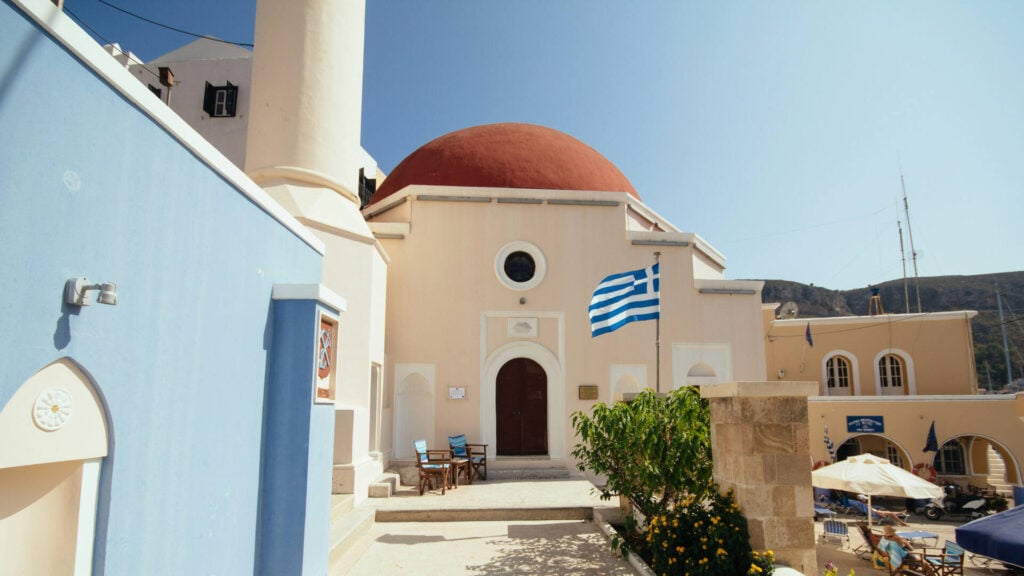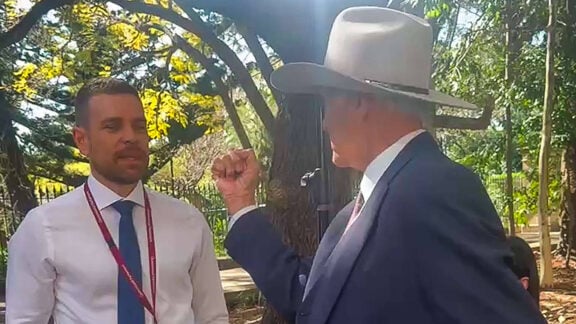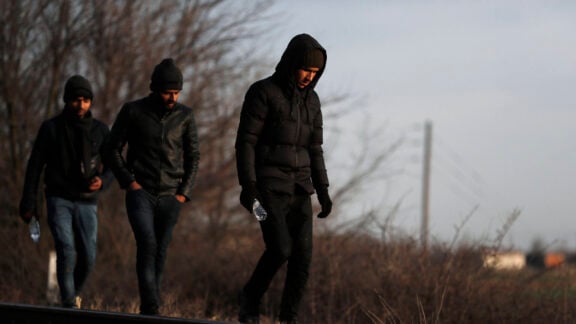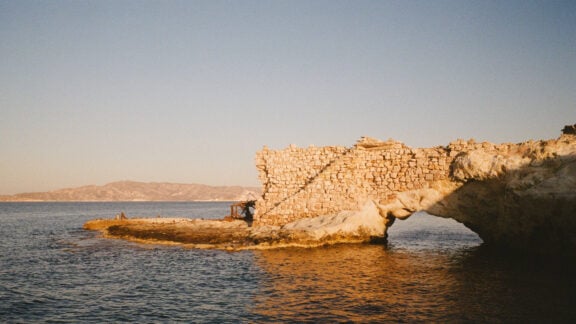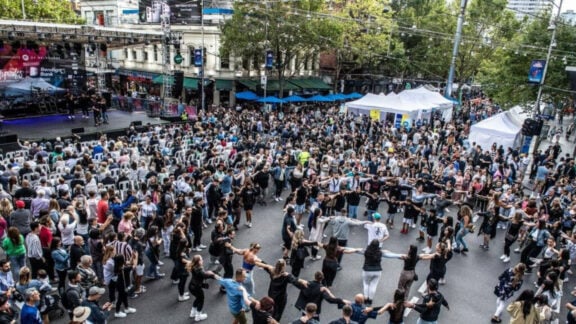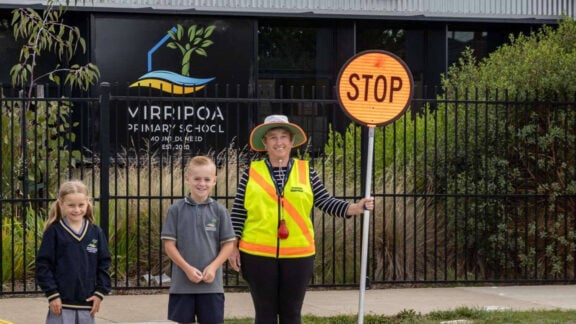Next week, starting Sunday, August 31, events will be held to celebrate the centenary of the Kastellorizian Association in Victoria. Kastellorizo, the tiny jewel on the edge of the Aegean Sea bears a history as dramatic as its rugged cliffs, shaped by periods of French, Italian, and Turkish occupation.
The Kazies – as they are often called in Australia – arrived in four waves of migration, according to one of the organisers, Gina Gekas.
“Some came in the late 1800s, then a second wave from 1921 to 1926, a third from 1927 to 1939, and the fourth in 1945 after the Great Fire,” Gekas told Neos Kosmos.

The Great Fire of July 6, 1944, devastated the island’s main town, destroying much of its buildings. Many returning residents found their homes in ruins, marking a tragic chapter in the island’s wartime history.
“In the late 19th century, they left their homeland seeking opportunity and a better life,
“Over the years, the little island had also been occupied by the French, Italians, and Turks. Many came because their families had been merchant seamen trading with Asia Minor.
“The first-wave Kazies arrived with little, but often brought significant traditional items, including gold coins,” Gekas told Neos Kosmos.
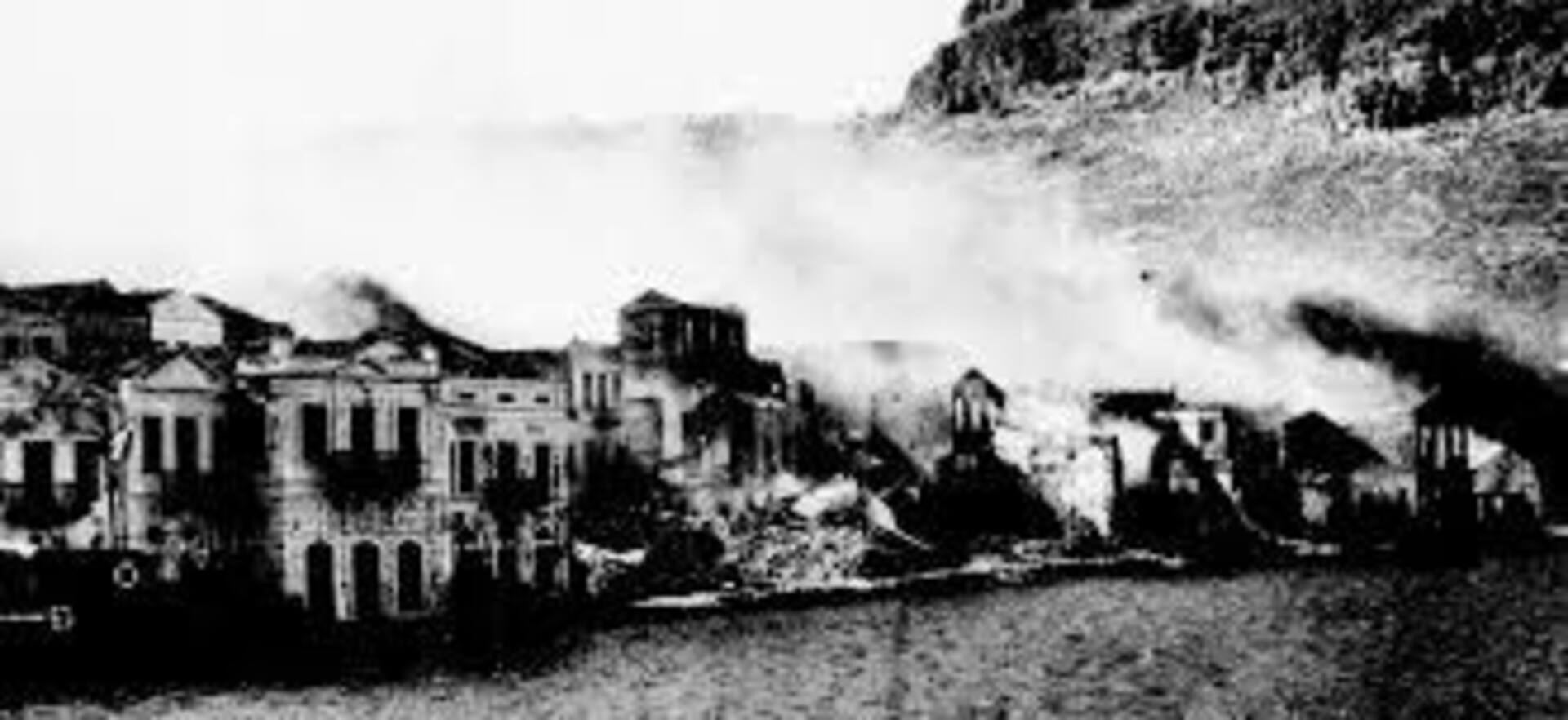
The Kastellorizians have always been a traditionally entrepreneurial group – merchants, seafarers, traders, and shopkeepers.
On Sunday, the event will feature displays of “traditional Kazie costumes, memory objects, photographs, and documents”.
The display will highlight customs they brought from the island, including travel documents and suitcases, tracing the roots of the community back to Kastellorizo.
Kastellorizo’s location, next to Turkey and close to the Levant and Middle East, has shaped its history. The Kazies were great traders and commercial conduits between Asia Minor, the Middle East, and Italy, while always maintaining their Greek roots, Gekas said.
The association will also celebrate “the first of everything”, Gekas said, “the first brotherhood, the first president, and the Kastellorizian Ladies Society.”
A lecture on September 18, at the Greek Centre, by Florence Livery titled, Stardust: The Golden Years of the Kastellorizian Ladies Society, highlights these women’s dynamism as one of the first Greek women’s associations.

“They held many functions, engaged the next generation, and kept traditions alive,” Gekas said.
“The community searched for a permanent home for years. Eventually, they purchased premises in South Melbourne in 1967, close enough to the city to remain accessible while establishing a hub for the community,” she added.
Kazies often became bridges for the post-war Greek migrants due to their Australian education, and long time establishment here. The Kazies English skills and knowledge of Australian society was a help for new arrivals from Greece.
Kazies were also founding members of the Australian Greek Welfare Society, Australian Greek Care for the elderly, and many served as presidents of the Greek Community of Melbourne in Lonsdale Street. The Association also introduced the Kastellorizian of the Year award across Australia, as well as VCE awards for young people.
Sunday’s centenary celebrations will include a film by a fourth-generation Kazie, displays of traditional costumes, and, it is rumoured, precious heirlooms will be brought out and displayed for the first time.
For more information go visit this link.
